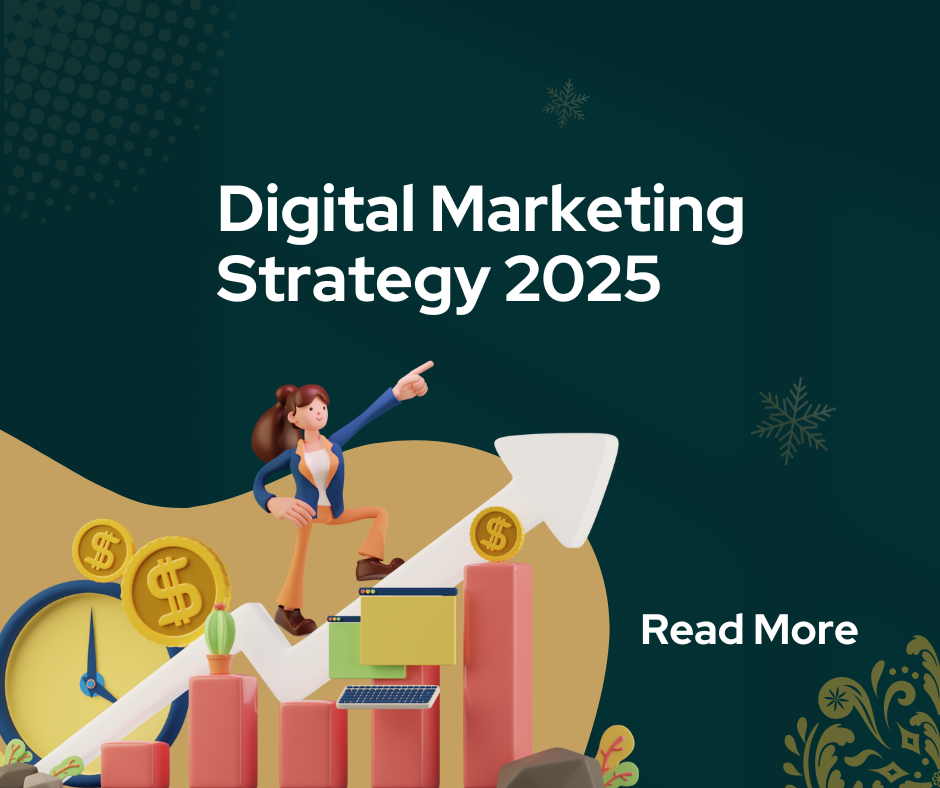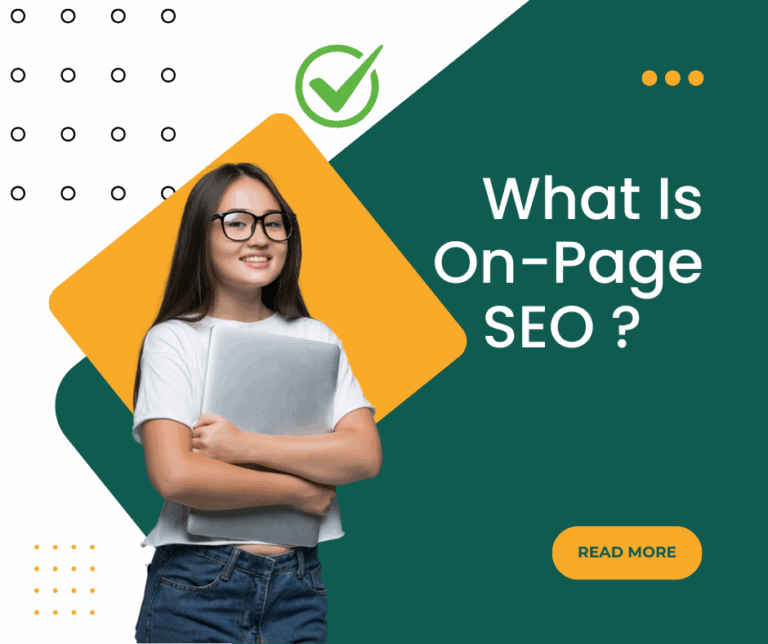Digital Marketing Strategy 2025: How to Build a Winning Plan That Converts
Creating a successful digital marketing strategy 2025 requires understanding the rapidly evolving landscape of consumer behavior, emerging technologies, and platform algorithms. As we navigate through an increasingly competitive digital environment, businesses must adapt their marketing approaches to stay relevant and drive meaningful results.
The digital marketing landscape has transformed dramatically, with artificial intelligence, privacy regulations, and changing consumer expectations reshaping how brands connect with their audiences. A well-crafted digital marketing strategy serves as your roadmap to navigate these complexities while achieving sustainable growth.
This comprehensive guide will walk you through the essential steps to build marketing strategy that not only survives but thrives in 2025’s dynamic digital ecosystem. You’ll discover actionable insights, proven frameworks, and cutting-edge tactics that successful brands are using to dominate their markets.
What Is a Digital Marketing Strategy?
A digital marketing strategy is a comprehensive plan that outlines how your business will achieve its marketing goals through online channels and digital technologies. It encompasses everything from your brand positioning and target audience definition to specific tactics across various digital platforms.
Unlike traditional marketing approaches, a modern digital marketing plan integrates multiple touchpoints to create cohesive customer experiences. This includes social media marketing, content creation, search engine optimization, email campaigns, paid advertising, and emerging technologies like AI-powered personalization.
The foundation of any effective marketing strategy guide lies in understanding your customers’ digital journey. Today’s consumers interact with brands across multiple devices and platforms before making purchasing decisions. Your strategy must account for these complex pathways while maintaining consistent messaging and value propositions.
A successful digital marketing strategy also requires continuous adaptation and optimization. The digital landscape changes rapidly, with new platforms emerging, algorithms updating, and consumer behaviors shifting. Your strategy should be flexible enough to evolve while maintaining core objectives and brand consistency.
7 Essential Steps to Build Marketing Strategy for 2025
1. Define Your Target Audience and Buyer Personas
Start by conducting thorough market research to understand your ideal customers’ demographics, psychographics, and digital behaviors. Create detailed buyer personas that include their preferred platforms, content consumption habits, and decision-making processes.
Use analytics tools, surveys, and social listening to gather data about your audience’s pain points, interests, and online activities. This information forms the foundation of your entire digital marketing strategy 2025, ensuring every tactic resonates with your intended audience.
2. Set Clear, Measurable Goals and KPIs
Establish specific, measurable, achievable, relevant, and time-bound (SMART) goals that align with your business objectives. Whether you’re focusing on brand awareness, lead generation, or customer retention, your goals should be quantifiable and trackable.
Define key performance indicators (KPIs) for each goal, such as conversion rates, cost per acquisition, lifetime customer value, or engagement metrics. These benchmarks will help you measure success and make data-driven decisions throughout your campaign execution.
3. Conduct Comprehensive Competitor Analysis
Analyze your competitors’ digital presence, content strategies, and marketing tactics to identify opportunities and gaps in the market. Study their social media engagement, SEO performance, advertising approaches, and customer feedback to understand what works in your industry.
Use tools like SEMrush, Ahrefs, or SimilarWeb to gather competitive intelligence about their traffic sources, top-performing content, and keyword strategies. This analysis helps you differentiate your brand while learning from successful competitors.
4. Choose the Right Digital Marketing Channels
Select digital channels based on where your target audience spends their time and how they prefer to consume content. Consider factors like platform demographics, content formats, advertising costs, and your available resources.
Focus on 3-5 primary channels initially to ensure quality execution rather than spreading resources too thin. Popular options include social media platforms, search engines, email marketing, content marketing, influencer partnerships, and emerging channels like podcast advertising or voice search optimization.
5. Develop a Content Strategy and Calendar
Create a comprehensive content strategy that addresses your audience’s needs at each stage of the buyer’s journey. Plan content types, topics, formats, and distribution schedules that support your marketing goals while providing genuine value to your audience.
Build a content calendar that ensures consistent publishing and strategic timing. Include seasonal trends, industry events, and product launches in your planning. Remember to balance promotional content with educational and entertaining material to maintain audience engagement.
6. Implement Marketing Automation and Personalization
Leverage marketing automation tools to streamline repetitive tasks, nurture leads, and deliver personalized experiences at scale. Set up automated email sequences, social media scheduling, and lead scoring systems to improve efficiency and customer experience.
Use customer data and AI-powered tools to personalize content, product recommendations, and communication timing. Personalization significantly improves engagement rates and conversion outcomes in today’s competitive digital environment.
7. Establish Measurement and Optimization Processes
Create systematic processes for tracking, analyzing, and optimizing your digital marketing performance. Set up proper analytics tracking, regular reporting schedules, and review meetings to assess progress against your goals.
Implement A/B testing for key elements like email subject lines, ad copy, landing pages, and social media content. Continuous testing and optimization ensure your strategy remains effective and adapts to changing market conditions.
Advanced Digital Marketing Tools and Technologies for 2025
The digital marketing technology landscape continues expanding with sophisticated tools that enhance strategy execution and results measurement. Customer relationship management (CRM) systems integrated with marketing automation platforms provide comprehensive customer journey tracking and personalized communication capabilities.
Artificial intelligence and machine learning tools are becoming essential for predictive analytics, content optimization, and customer behavior analysis. Platforms like HubSpot, Salesforce, and Marketo offer AI-powered features that help marketers make data-driven decisions and improve campaign performance.
Social media management tools have evolved beyond basic scheduling to include advanced analytics, competitor monitoring, and audience insights. Consider tools like Hootsuite, Sprout Social, or Buffer for comprehensive social media strategy management.
Search engine optimization tools remain crucial for organic traffic growth. SEMrush, Ahrefs, and Moz provide keyword research, rank tracking, and technical SEO analysis capabilities that support long-term digital marketing success.
Common Digital Marketing Strategy Mistakes and How to Avoid Them
One of the most frequent mistakes is trying to be everywhere at once without adequate resources or expertise. Many businesses spread themselves too thin across multiple platforms instead of excelling on selected channels that matter most to their audience.
Another critical error is neglecting mobile optimization despite mobile traffic comprising over 50% of web usage. Ensure all digital marketing materials, from websites to email campaigns, provide excellent mobile experiences.
Failing to align marketing efforts with sales processes creates friction in the customer journey. Your digital marketing plan should seamlessly connect with sales activities, ensuring smooth handoffs and consistent messaging throughout the conversion process.
Many organizations also underestimate the importance of data privacy and compliance with regulations like GDPR and CCPA. Build privacy considerations into your strategy from the beginning to avoid legal issues and maintain customer trust.
Inconsistent brand messaging across different channels confuses audiences and weakens brand recognition. Develop clear brand guidelines and ensure all team members understand how to maintain consistency across various digital touchpoints.
Finally, many businesses set unrealistic expectations for immediate results. Digital marketing success requires patience, consistent effort, and continuous optimization. Set realistic timelines and focus on building sustainable, long-term growth rather than seeking quick fixes.
Frequently Asked Questions
How long does it take to see results from a digital marketing strategy? Most digital marketing strategies begin showing initial results within 3-6 months, with significant improvements typically visible after 6-12 months of consistent implementation. SEO efforts may take longer, while paid advertising can generate immediate traffic and leads.
What budget should I allocate for digital marketing in 2025? Digital marketing budgets typically range from 7-12% of total revenue for most businesses, though this varies by industry and growth stage. Startups and rapidly growing companies often invest 15-20% or more in digital marketing to accelerate growth and market penetration.
Which digital marketing channels provide the best ROI? Email marketing consistently delivers the highest ROI, often generating $42 for every $1 spent. However, the best channels depend on your specific audience, industry, and business model. A diversified approach typically yields better results than relying on a single channel.
How often should I update my digital marketing strategy? Review and adjust your strategy quarterly, with major strategic reviews annually. However, tactics and campaigns should be optimized continuously based on performance data. Stay flexible and ready to pivot when market conditions or consumer behaviors change significantly.
Conclusion
Building a successful digital marketing strategy 2025 requires careful planning, strategic thinking, and continuous adaptation to evolving market conditions. The key lies in understanding your audience deeply, selecting appropriate channels, and maintaining consistency in execution while remaining flexible enough to embrace new opportunities.
Success in digital marketing comes from balancing proven fundamentals with innovative approaches that leverage emerging technologies and platforms. Focus on creating genuine value for your audience while measuring and optimizing performance systematically.
Remember that your digital marketing plan is a living document that should evolve with your business growth, market changes, and customer needs. Start with solid foundations, implement systematically, and be prepared to adapt as you learn what works best for your unique situation. The businesses that thrive in 2025 will be those that combine strategic thinking with agile execution and customer-centric approaches.
Social Proof Marketing: 5 Ways to Turn Followers into Customers Fast Read More.






